Accessibility Statement
EFFECTIVE DATE: August 4, 2019
This website aims to meet level “AA” of the Web Content Accessibility Guidelines 2.0 (WCAG 2.0). We strive to keep this website accessible as it grows and changes. Below is a summary of the WCAG 2.0 guidelines this site follows.
1.3.1: Info and Relationships. Information is structured and relationships between them are conveyed correctly in the markup language.
1.3.2: Meaningful Sequence. Our content displays correctly in all screen readers programmatically.
1.3.3: Sensory Characteristics Any place where there is a video or a form there are clear instructions on how to play and submit the form on the website.
1.4.1: Use of Color. The site uses words to convey the importance or severity of content on the site as well as colors.
1.4.2: Audio Control. Audio controls exist on all pages where audio is embedded. Audio can also be stopped by screen readers and as a browser control.
1.4.3: Contrast (Minimum). All color combinations meet the AA requirements. A feature on all pages allows users to further adjust contrast.
1.4.4: Resize text. A feature on all pages allows user to change text size.
2.1.1: Keyboard. The large majority of content can be tabbed through in the proper order using the tab key. We are working to improve this.
2.1.2: No Keyboard Trap. Using the tab key the focus can be removed from any form field.
2.4.1: Bypass Blocks. You can tab through all content on the site and can be used as a method of bypassing and or skipping content.
2.4.2: Page Titled. All pages have a title that describes topic and purpose.
2.4.3: Focus Order. The large majority of tab indexes follow a logical path preserving meaning and operability. We are wokring to improve this.
2.4.4: Link Purpose (In Context). Links are descriptive, we do not use links that use words like “Click here” but rather we use descriptive titles and alt tags.
2.4.5: Multiple Ways for a page to be displayed. All of the pages use adaptable layouts.
2.4.6: Headings and Labels. Headings are descriptive.
2.4.7: Focus Visible on form fields. A focus ring appears on all elements as one tabs through the site.
3.1.1: Language of Page. Each page has the default language set for screen reader capabilities.
3.1.2: Language of Parts. Language settings have been identified for screen reader purposes.
3.2.1: Dynamic content change, on focus. Dynamic content changes on focus.
3.2.3: Consistent Navigation. All navigation systems appear in consistent locations throughout the site.
3.2.4: Consistent Identification of sub navigation items. Our website identifies consistently navigation, sub-navigation and footer navigation items.
3.3.1: Error Identification. Errors are identified and described in the user text.
3.3.2: Labels or Instructions. Labels provide instructions when a user action is required.
3.3.3: Form Error Suggestion. Error messages provide suggestions to the end user.
3.3.4: Error Prevention (Legal, Financial, Data). All donation forms and payment forms can be reviewed before final submission.

